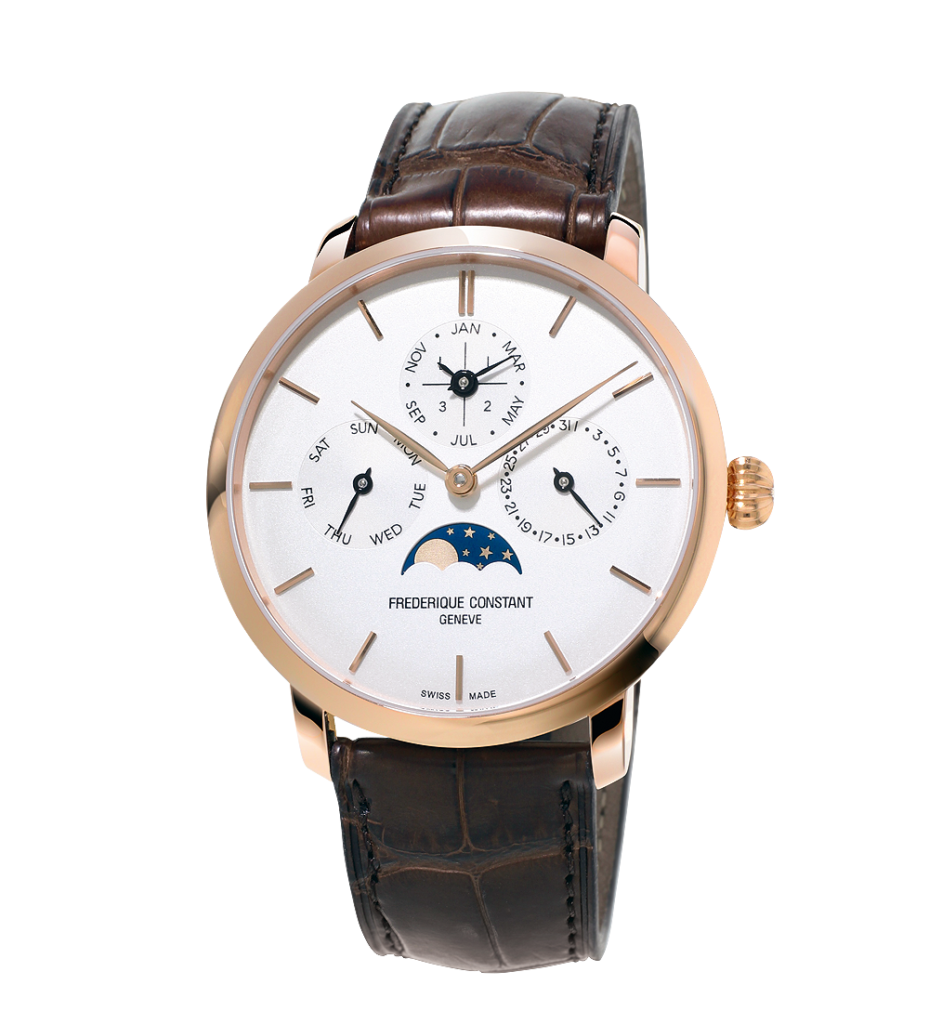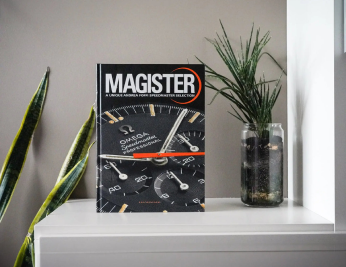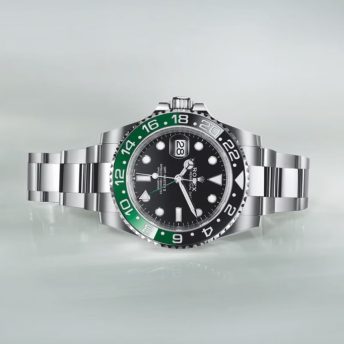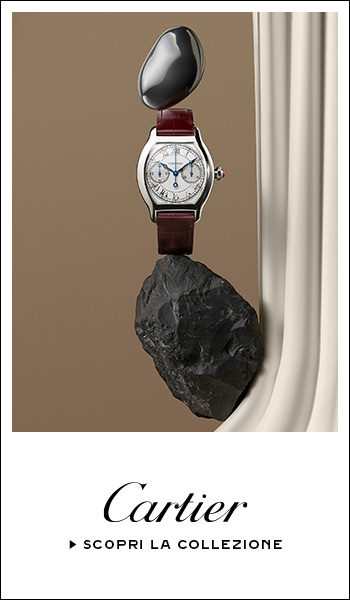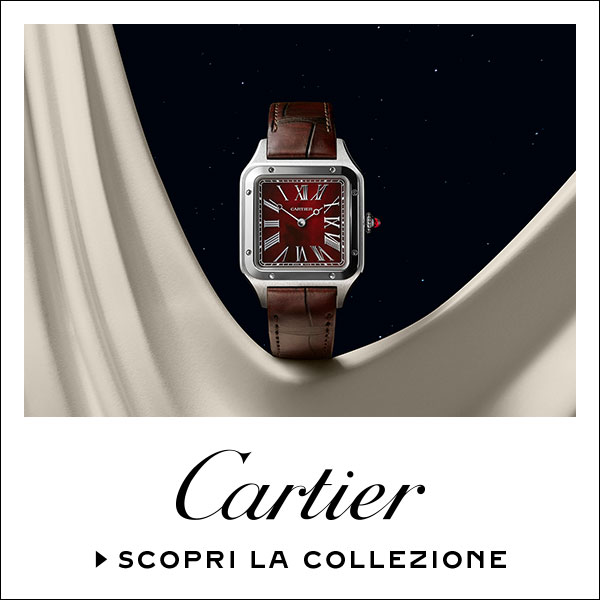After seeing it in several previous articles, it’s time to talk about one of the most fascinating and mysterious complications that every watch enthusiast dreams to own in his collection: the Perpetual Calendar.
History time…
Time, as we are used to think today, was born back in 1582, when Pope Gregory XIII completely revolutionized the way of measuring it. We have to thank the Pontiff for introducing the Gregorian Calendar, according to which the months are 12, of different duration, and the total days are 365 or 366 if the year is leap year.

Till 1800 the portable watch was not a precise and reliable instrument, but above all it was very uncommon. Given the high costs, it was actually a luxury accessory reserved only for the elite. Despite this, the advent of the Gregorian Calendar and its “difficulties”, dictated by months of variable duration and leap year, stimulate the ingenuity of the master watchmakers who challenged themselves into a new goal.
This complication was initially considered only as a demonstration of technical mastery, an end in itself. Over the years, however, it has become very coveted and demanded, so much so that it has become the flagship of many Swiss maison, both for technical issues and for the “complicated” and refined aesthetic it embodies.
The first who realized this complication was, as often, Abraham Louis Breguet, inventor of the tourbillon, who in 1795 patented his Quantième Pérpétuel: the first pocket watch able to follow the flow of months on its own, without any kind of manual intervention of man.

How it works
To talk about Perpetual Calendar, we should have in our hands a watch that shows at least the month and date, according to the length of the month and of the year (leap/non-leap year). These indications are often associated with the day of the week, the year and, often, with moonphase.
The operation of the Perpetual Calendar is based on a series of gears that represent the various indications previously discussed, that the watch provides.
It is easy to think of how, if we use 1 second as a time’s unit of measure, years and months will all be expressed as a certain number of seconds. You just have to find a way to “multiply” the seconds (or, even better, the oscillations) to get the period you want to measure.
In particular, a fundamental element of a perpetual calendar is the wheel that completes a full rotation in four years.
Its circumference is divided into 48 parts, each corresponding to one month. The difference between one month and the other is marked by notches of various depths: for the months with 31 days no notch is cut, for the months of 30 days we find a notch of “x” depth, for the month of 29 days, during the leap year, there’s carved a “2x” deep notch and for the months of 28 days a notch deep “3x” is made. (Visible in figure at the bottom right.)
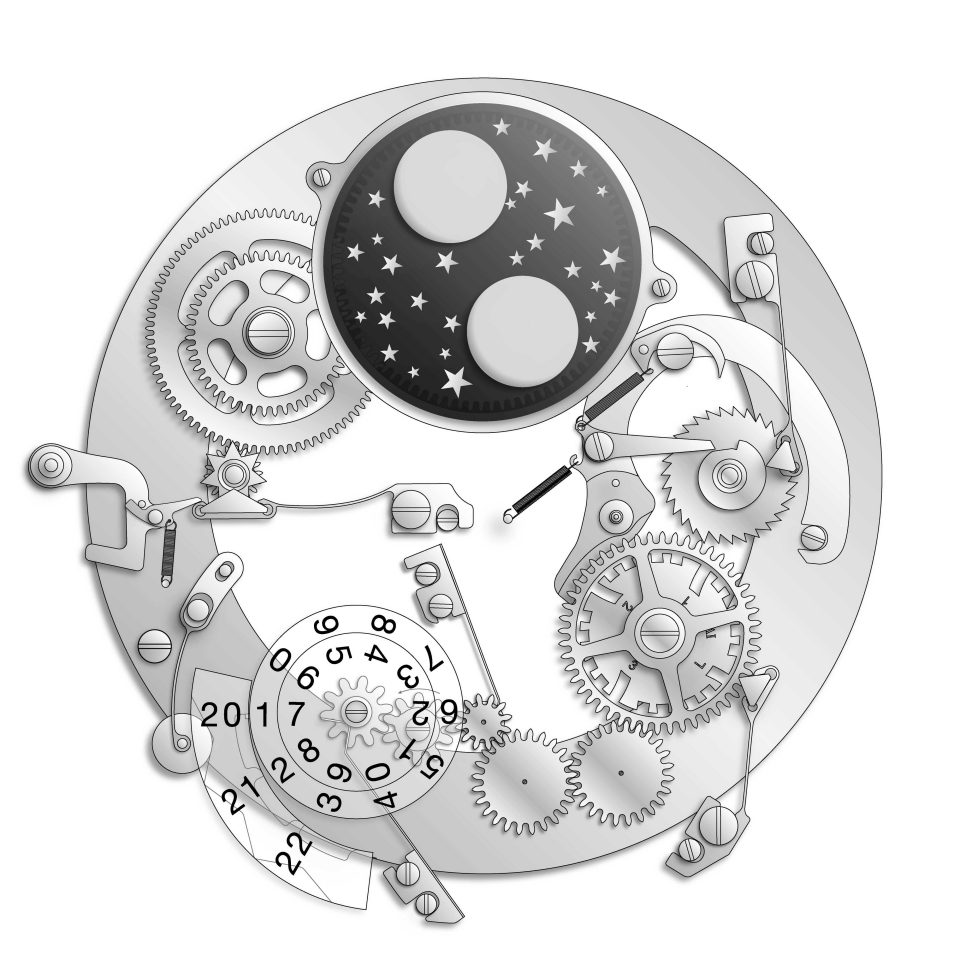
This accurate 48-part split allows the mechanism to change the date, day and month with the utmost precision, so that the timepiece is able to ‘recognize’ the exact number of days that make up a month. In addition to allowing you to distinguish the duration of February from that of August which, as you have read, this is the mechanism that deals with the leap year.
An “Almost” Eternal Complication

Although its “perpetual” attribute makes us think of something that lasts forever, that responds and adapts to all the rules of the time and that does not require adjustments from the user, there is one detail that this type of complication does not takes into account: the “secular years“. (For “secular year” we mean, of course, a year divisible by 100)
In fact, according to the calendar revolutionized by Pope Gregory XIII, only the secular years divisible by 400 (1600, 2000, 2400…) are leaps. So, according to this rule, in 2100, secular year but not leap year (because not divisible by 400) all watches equipped with this complication will have to be manually adjusted.
The intelligence of the Swiss artisans, however, has allowed to overcome even this difficulty with the invention of the Secular Perpetual Calendar. This mechanism, through a four-pointed (three-long and one short) satellite, completes a full rotation in 4 centuries, determining leap years and those not.
Yes, you read that right, 400 years. It’s in fact one of the slowest movements of watchmaking.
This complication appears in highly complicated watches such as Franck Muller’s Aeternitas Mega 4, which you can see pictured below.

The perpetual calendar today
Today, unlike in the past, the perpetual calendar is a very coveted complication, both for the practicality it offers to the watch, and for the added value it brings with it thanks to its precise mechanisms. All the largest brands have in their catalogues models equipped with perpetual calendar… except one: Rolex.
The only Rolex Perpetual Calendar in history is a Datejust modified by Franck Muller, belonging to American rapper and entrepreneur Shawn Carter, aka Jay-Z.

Among the maisons that have made the history of this complication, it is essential to mention Patek Philippe, who was the first to produce industrially a Perpetual Calendar, the ref. 1526. Patek is also the first who combined this complication with that of chronograph in an “industrial” way, with its ref. 1518, which today reaches record prices.
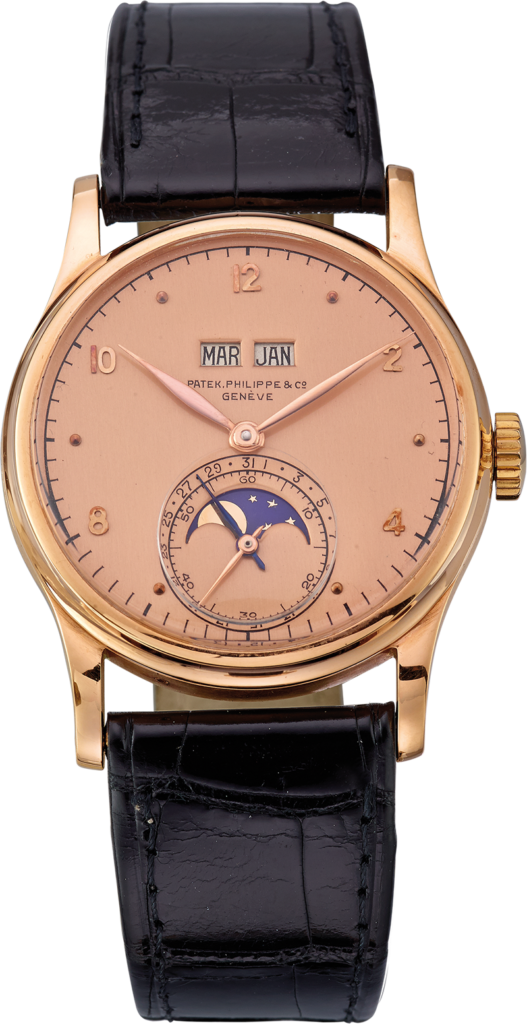

Among the current watch manufacturers, however, the most noteworthy ones for this complication definitely are Patek Philippe, Audemars Piguet, Frank Muller and IWC Schafhaussen. In the picture you can see the Patek Philippe ref. 5740/1G and the IWC ref. IW503401
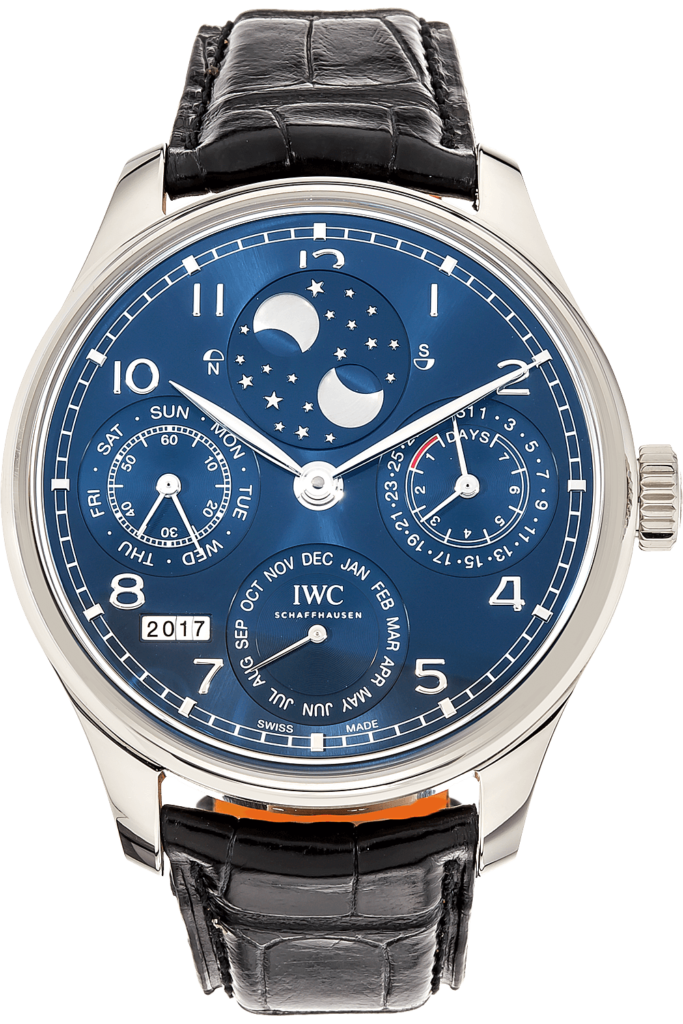

The thinnest
The world’s thinnest perpetual calendar is from the Bulgari maison. Only 5.80 mm thick, it contains an all-manufactured caliber that measures just 2.75 mm and boasts 60 hours of power reserve. Simply outstanding!
This incredible achievement earned Bulgari, in addition to the world record, the Aiguille d’Or award at the 2021 GPHG.

The simplest
The record for the “simplest” of perpetual calendars goes to H. Moser & Cie.
This is not a single model or a single reference, but a new way of presenting the calendar informations, leaving the dial as “clean” as possible. On the front side we only find the day, the month (indicated by an arrow that uses the 12 hours indices as months, therefore using the 12 as January) and the power reserve. On the back we can see the indication of the leap year, considered less useful by the brand and therefore put “in the background”.
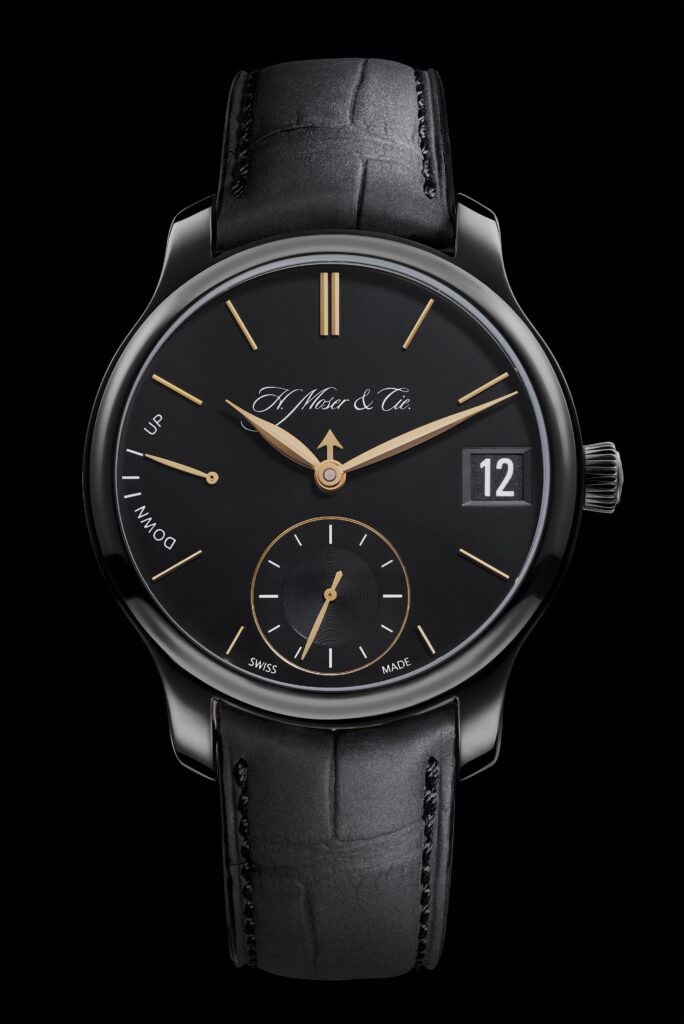
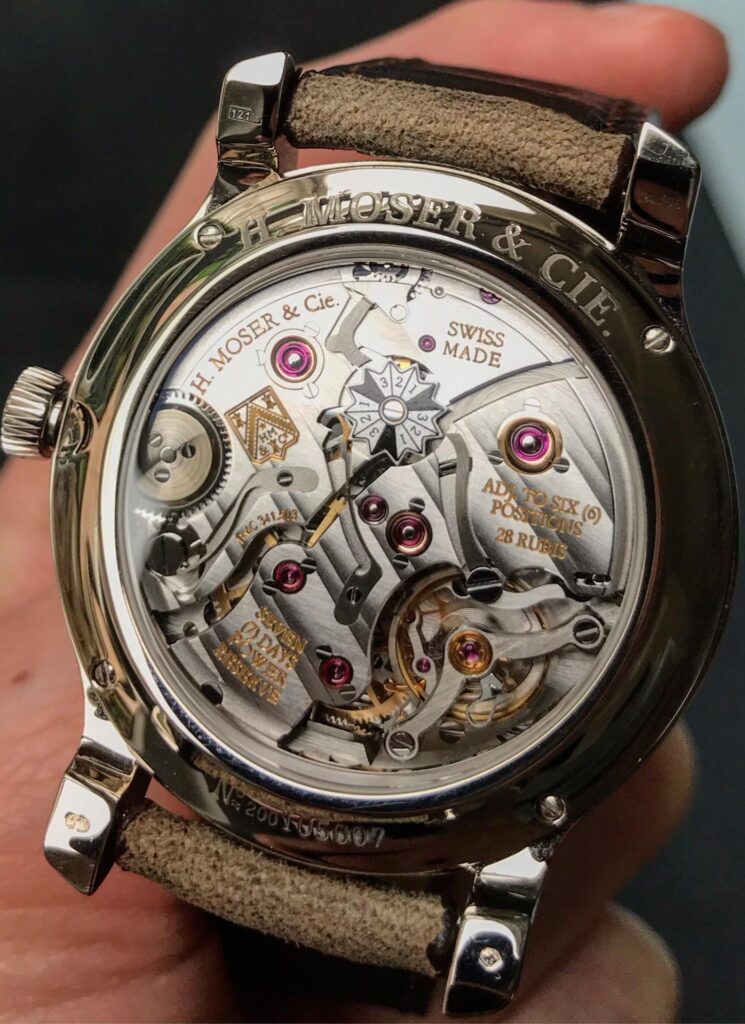
The market
As far as the market is concerned, list prices are very high although very variable. Nevertheless, you can find second wrist models at affordable prices, perhaps whose design has not been particularly appreciated over time. Otherwise, a good alternative is to rely on maisons like Frederique Constant, who allows us to bring home a Slimline Calendar Perpetual Calendar FC Manufacture FC-775V4S4 with just 8,490€.
